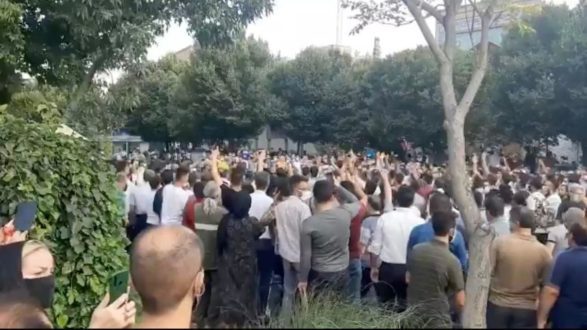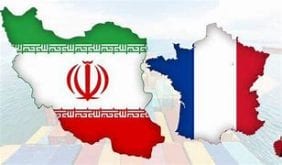RFL/RE – Almost six out of every 10 Iranians are neither employed or seeking work, while more than half of those who are employed also hold down a side job.
Ghasem Rostampor, the director-general of entrepreneurship and employment planning at the Labor Ministry, told the Tasnim News Agency that 58.5 percent of the country’s population is considered inactive, which refers to individuals over the age of 15 who neither have a job nor are looking for one, a sign some analysts say shows the disaffection among younger Iranians with the current regime amid a crackdown on protests over the death of 22-year-old Mahsa Amini in September 2022.
The data contradicts claims by President Ebrahim Raisi’s government that it has reduced the unemployment rate to 7.6 percent.
Details from data from the Statistical Center of Iran appear to show that the decrease in the unemployment rate is due to an increase in the country’s inactive population instead of a surge in employment opportunities through government job-creation programs.
According to the Statistical Center, the number of active individuals — those who either have jobs or are looking for work — has decreased by 520,000 over the past four years, even though the population of those over 15 years of age grew by 2.9 million.
That means that since 2018 about 3.4 million people have given up looking for work and have joined the inactive population segment, the data shows.
The government’s unemployment rate is a ratio of unemployed individuals to the country’s active population, thus leaving out a large segment of Iranians who are of working age.
The Parliamentary Research Center recently warned about the rise in the inactivity rate of Iran’s workforce, especially among younger Iranians. It says the real unemployment rate in the country is about 2.5 times higher than the government’s statistics show.
Further distorting the government’s data is the fact that official statistics include as employed those who work only one hour a week. Among the 24.8 million employed individuals in the country, 2 million are considered underemployed as they work less than 44 hours a week.
Another growing issue, Rostampor said, is that many those individuals listed as employed do not have formal contracts, thus depriving them of many benefits.
In September 2023, Iran’s Misery Index, calculated by the Iranian Statistics Center, rose to 60.4 — its highest point ever and more than double what it was six years ago. The higher the rating, the worse off people feel.
The index is also seen as a barometer for societal issues, with a direct link to crime rates and even instances of suicide. The most recent index also showed that in the past year, 22 of Iran’s 31 provinces reported a reading surpassing the national average, highlighting countrywide discontent.
Several protests have been held by Iranians over the past year in response to declining living standards, wage arrears, and a lack of welfare support.
The death of Amini while in police custody for allegedly wearing a head scarf improperly has added fuel to the unrest, as Iranians have also demonstrated gainst a lack of freedoms and women’s rights.
 Shabtabnews In this dark night, I have lost my way – Arise from a corner, oh you the star of guidance.
Shabtabnews In this dark night, I have lost my way – Arise from a corner, oh you the star of guidance.



